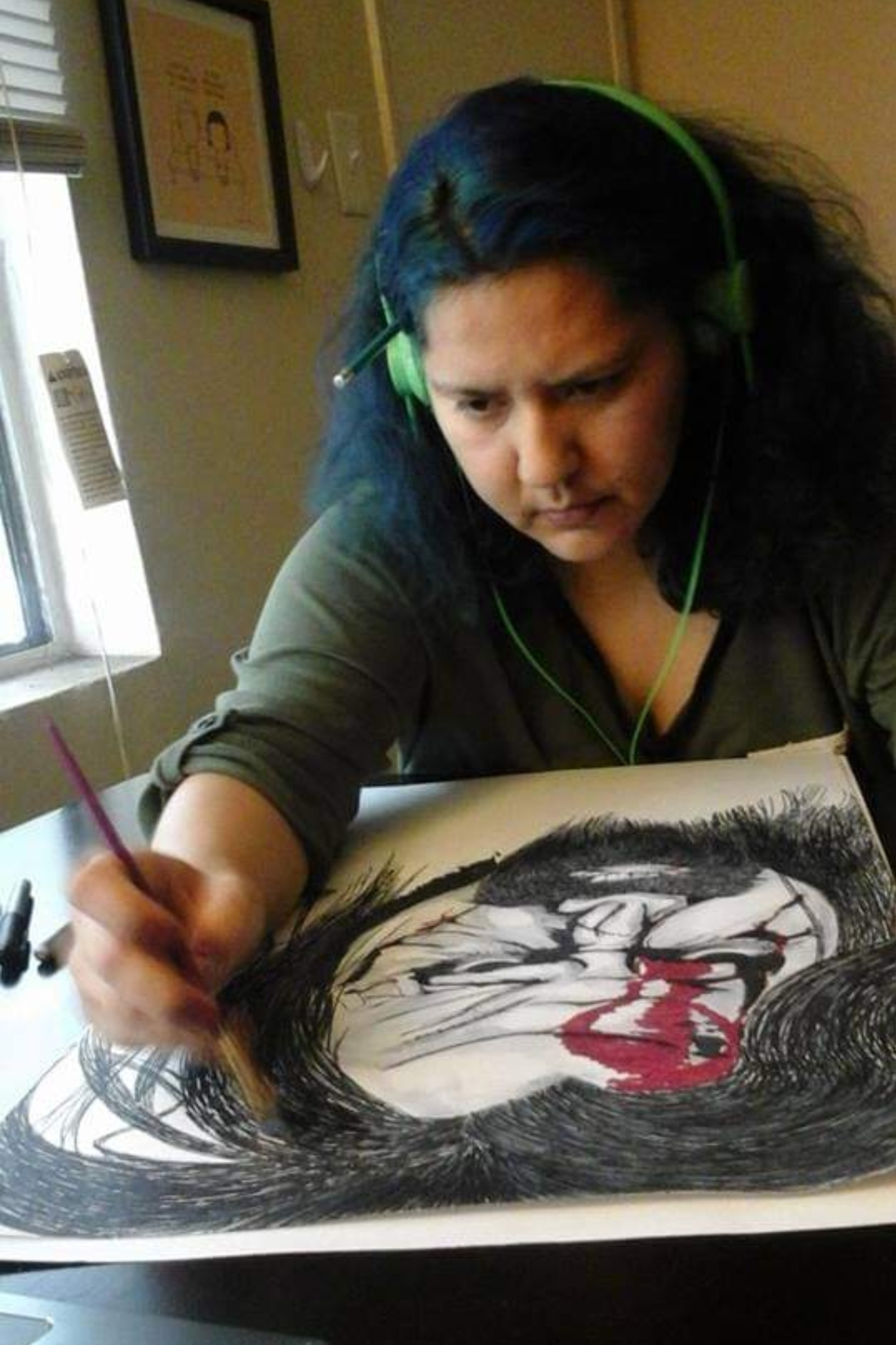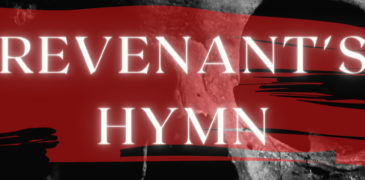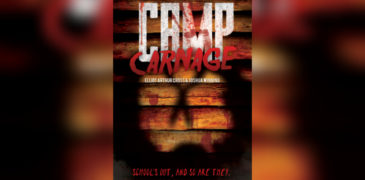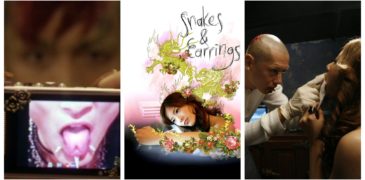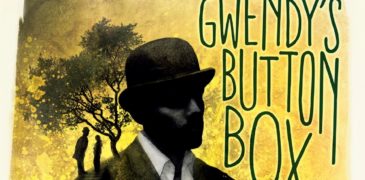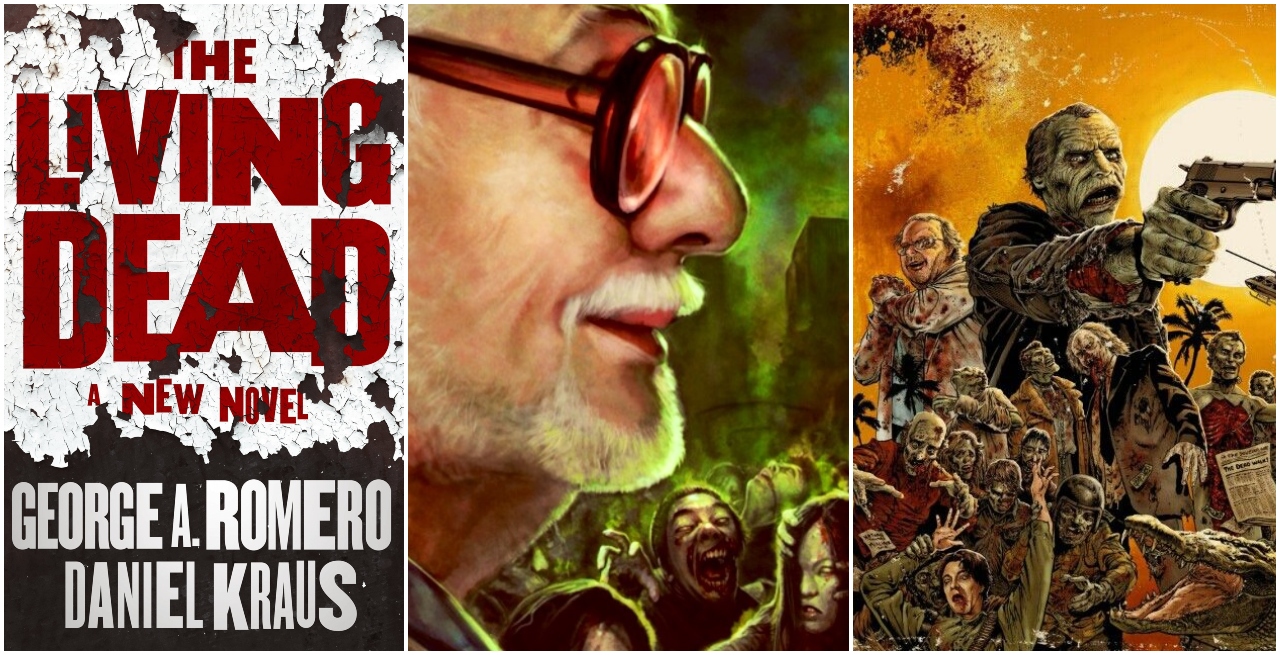
Mr. George A. Romero is the man, the myth, and the legend when it comes to the zombies of the silver screen. His iconic horror creation of the movie Night of the Living Dead (1968) is the foundation for most, if not all, American zombie films and stories. As a fan of the undead ghouls and their creator, I enjoyed bringing his last work, The Living Dead, home. As it turns out, Mr. Romero passed away in 2017 before he could complete his story. Daniel Kraus, film director, took it upon himself to complete the unfinished tale. I thank Mr. Kraus for helping Mr. Romero to give us this last treasure.
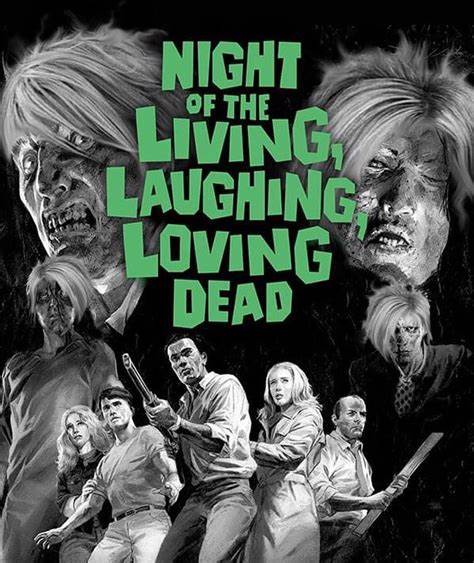
The Living Dead allows horror readers and fans to experience a zombie outbreak or apocalypse in modern times. Our first encounter begins with Assistant Medical Examiner Luis Acocella and Morgue Attendant Charlene Rutkowski. John Doe, an unidentified man, is a victim of not only of gun violence but of circumstance, and worse, the indifference of a racist detective. Although Luis had done all he could to aid this John Doe when he was still living, he is reunited with him again in his San Diego morgue.
This story unfolds in a mixed point of view that switches between a non-character narrator and a second-person explaining view that pulls readers into specific character’s minds and thought processes. We see the mental battles and strains as events unfold, the conflict between known facts and disproving reality. We feel the sorrow as a child who sees her father, her remaining family, believed to be her protector, become a threat. We witness people choose to remain at their stations and attempt to relay information despite their having loved ones. The world has gone mad, and everyone tries to do what they can to survive or give in to their hopelessness while others plunge into the madness.
The setting of each group of characters we meet is illustrated and saturated with the social commentary of its authors. We reflect on the foolishness or importance of political correctness, race, dependency on electronics, and social media. During the story, fear mounts, and people blame the attacks on each other while the numbers of the dead grow. Readers see that in some instances, people are live streaming the carnage happening instead of escaping to the point that they are filming themselves being eaten alive. The atmosphere that all this provides is one of dread and uncertainty that the living will survive.
The imagery of the scenes allows the reader to put themselves in the characters’ place. The use of the readers’ senses helps to feel that the story is more believable. We feel the chill mist of the early mornings and the damp leaves as they press against our skin. We know the taste of blood and toothpaste. We have felt the uncomfortable tightness that develops in our throats when we become thirsty. The known sensations that we have experienced in our lives that readers apply to the characters help create parallels and believability.
The use of language within the Living Dead helps to drive the growing sense of urgency, chaos, and fear within the characters. The attitudes illustrated are done using various terms ranging from local slang to formal speech to all-out profanity. Not all phrases are in English, which help show the cultural diversities of the characters. Language also paints a detailed picture of the deterioration in the sanity of some characters as they give in to hopelessness and panic. Just as in reality, the characters also use these terms to cope with the horrors they have witnessed and provide mental protection against the hostility surrounding them.
Overall, what I enjoyed about the Living Dead is the social commentary. One of the main topics within the story is that for being human, the dominant species on the planet and having a need and ability to be as inclusive as possible, it seems that we have the most trouble with communicating with each other, simply because of the fear of offending someone. Also, people continually use the terms, they and them without understanding the context in the usage of the words impact the meaning. I can also say that I felt compelled to test myself to see what kind of dependency I have with my phone by setting it aside and ignoring the notification alerts. As it turns out, I prefer simply turning off my phone to just ignoring it.
What I didn’t like about the story is the slow build-up. There were points where I felt as if I were a high school student trying to pay attention to what was going on in class, but my eyes just continually glazed over with boredom. The moments of suspense and excitement are few and far between, in my opinion. I will say that this book is not for everyone. I feel that readers would need to be in a specific mindset to read this story.
The Living Dead, written by George A. Romero and Daniel Kraus, is available as a physical paperback or hardcover book, e-book, and audible book. Readers can find this book on Amazon, Barns and Nobel, and wherever books are sold. As I have said before, your local library may also have a few copies to lend.
More Book Reviews:
Recent Reads: The Year of the Witching and Other Reads
Hey, gang! Dustin here again with another round of Recent Reads. This one, admittedly, comes in late so it’s not that recent. But, hey, the year is almost over and I’d definitely…
Revenant’s Hymn (2022) Book Review – Graveworms and Formaldehyde
Beneath its table of contents, Revenant’s Hymn offers a comprehensive list of content warnings. From violence and suicide to eye trauma and Nazism, Elliott Dunstan’s third collection of short stories…
Camp Carnage Book Review: Elliot Arthur Cross and Joshua Winning’s Conversion Camp Slasher
As if conversion therapy isn’t already scary enough, try going through that with a killer coming after the campers one by one. That’s the premise for this slasher novel by…
Perfect Blue (1991) Book Review – Thank God for Satoshi Kon
Paraphrasing the words of a certain author, it is a truth universally acknowledged that a book will be almost always better than its movie adaptation. Yes, almost always because, despite…
Snakes and Earrings (2004) Book Review – A Raw Depiction of Mental Health
Have you heard about body modification? This practice involves the deliberate altering of the human anatomy or physical appearance. The extent of it varies on who you ask. However, in…
Gwendy’s Button Box Book Review – Stephen King and Richard Chizmar Collaborate On a Castle Rock Novella
Gwendy’s Button Box is a collaborative novella by Stephen King and Richard Chizmar. It takes place in Castle Rock, Maine, a place very near and dear to our hearts. We…
